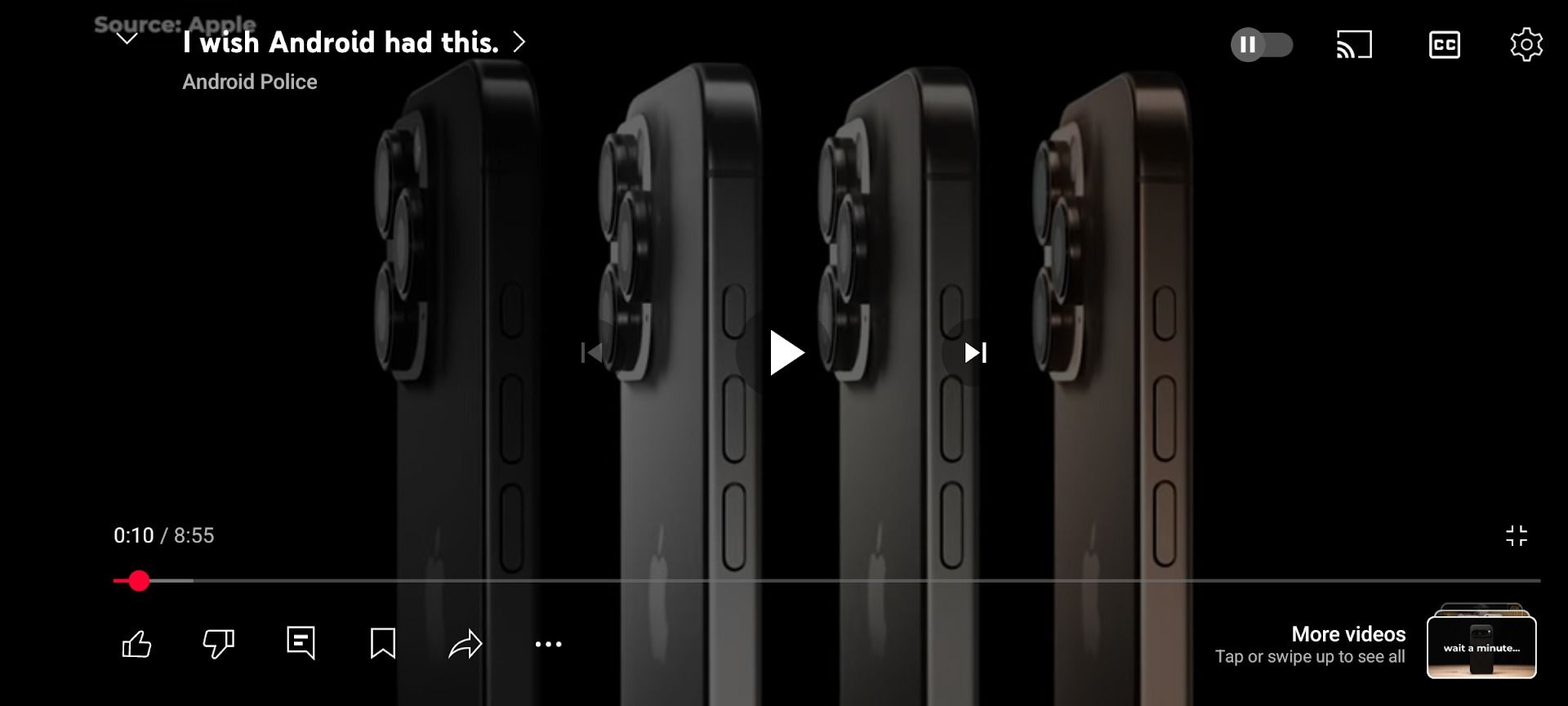A constantly buffering YouTube video is frustrating, but you can take steps to ensure you can watch your videos uninterrupted by the dreaded loading circle. This guide explains common reasons why your YouTube videos buffer and how to fix these issues. You can use this guide regardless of the device you watch YouTube on, from Android phones to our top streaming devices. If you struggle with buffering songs on YouTube Music, you can use some of these steps to stream music without interruption.
Why do YouTube videos buffer?
When you play a YouTube video on your tablet, Android phone, or smart TV, your device doesn’t stream the video continuously. Instead, it downloads short chunks at a time. It downloads a few segments ahead of where you currently are in your watch time. This saves bandwidth and data by not downloading the whole video at once.
On a fast and stable internet connection, your device always downloads segments ahead of where you are, allowing for uninterrupted viewing. The light gray color on the playback bar indicates the status of this download. This jumps ahead when you near the end of the lighter gray segment rather than increase gradually over time.
Buffering happens when your internet connection isn’t fast enough to download the next segment in time. Your device pauses the video until it can download the next segment.
There are numerous reasons why YouTube videos buffer, including:
- Slow internet speed
- Limited bandwidth in your location
- Unstable internet connection
- Technical issues with your device
- Slow YouTube server
We show you how to fix these issues and return to smooth YouTube viewing.
5 Run an internet speed test
A common reason for buffering YouTube videos is a slow internet connection. If you use a public Wi-Fi network or mobile data to watch your video, there’s a chance it’s a very slow internet connection. Many public Wi-Fi networks are slow to save money, and download speeds over mobile data vary depending on your location and the type of connection you use.
The best way to check if your internet speed causes a problem is to use Google’s internet speed checker. Enter “Internet speed test” into Google on any device and select Run test. This can download up to 40MB of data to your device, but usually less. Google gives you a result in Mbps (Megabits per second).
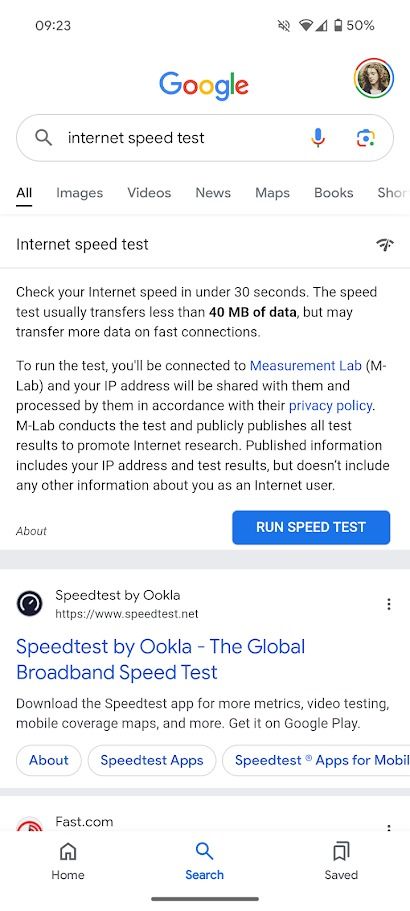
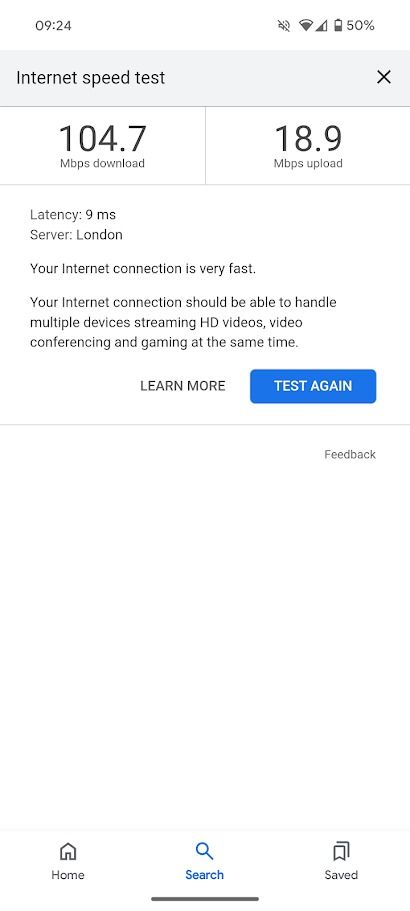
Google recommends a minimum of 0.7Mbps to watch YouTube videos, but higher resolutions require greater speeds. Here are Google’s recommended internet speeds for available resolutions:
|
Video resolution |
Recommended speed |
|---|---|
|
4K |
20Mbps |
|
1080p |
5Mbps |
|
720p |
2.5Mbps |
|
480p |
1.1Mbps |
|
360p |
0.7Mbps |
If you watch YouTube videos at home, and your internet speed is suddenly lower than you are used to, contact your internet service provider (ISP) to resolve the issue.
4 Check how many devices are using the internet
Too many devices on the same internet connection can increase buffering. The amount of data your internet connection can handle is measured in bandwidth. If too many devices use the same internet connection, your download speed may be limited, causing your YouTube videos to buffer.
An easy way to fix this is to check which other devices on the same internet connection are downloading data. This can even happen on the same device you’re watching YouTube on. Check if anything is downloading in the background while you watch your YouTube video.
The difference between speed and bandwidth can be confusing. Imagine water flowing through a pipe. In this analogy, speed refers to how fast the water flows, whereas bandwidth refers to how big the pipe is.
3 Reduce the video quality to reduce buffering
While you probably want to watch your YouTube videos at the highest quality possible, reducing the quality is an easy way to reduce buffering. Depending on the device you use, this may not make a noticeable difference. You cannot benefit from streaming a video at a higher resolution than your device’s display. 1080p or 720p is sufficient for most smartphones.
- Open your YouTube video.
- Tap the cog icon in the upper-right corner of the video player. On desktop viewers, this button is located in the lower-right corner of the video player.
- Tap Quality from the pop-up window.
- Select Data saver to let YouTube reduce your picture quality automatically.
- Select Advanced to select a specific resolution.
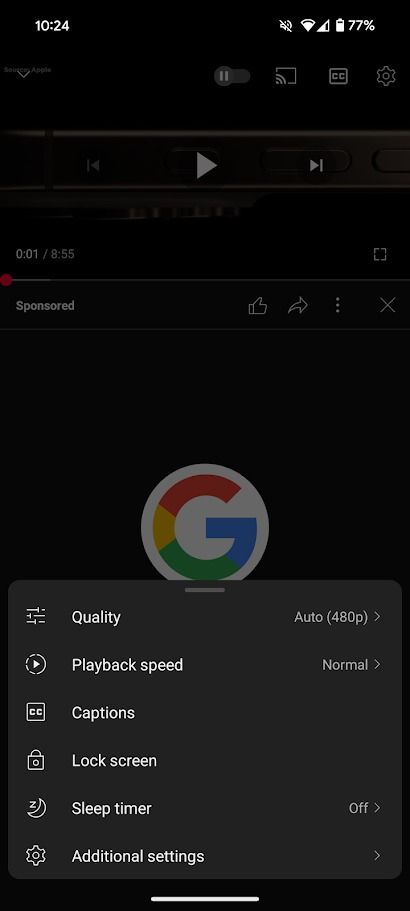
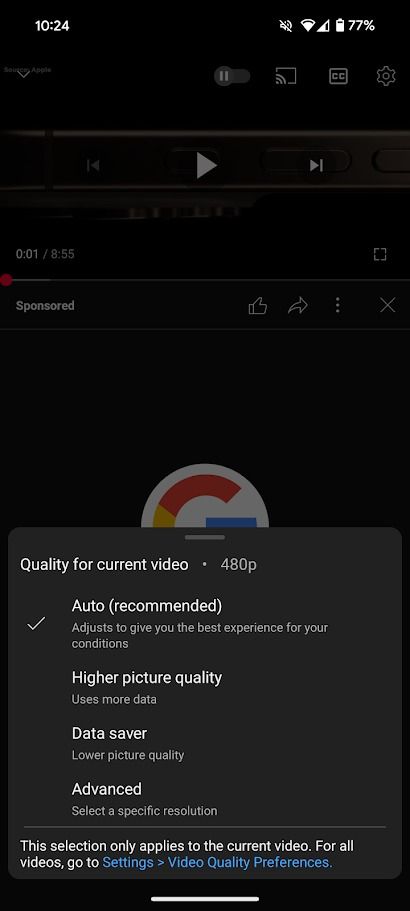
This setting only affects the video you’re currently watching. YouTube’s default quality setting is Auto, which adjusts the quality based on your internet connection. If you want to manually set the default quality, go to the Video quality preferences setting in YouTube’s settings menu. You can also choose separate video quality settings for a mobile network and Wi-Fi connection.
2 Restart your device or router
Restarting the device you’re watching YouTube videos on can fix temporary glitches or bugs. However, if multiple devices in your home struggle with a slow or unstable internet connection, you may need to restart your router.
Regardless of its manufacturer, your router should have a reset button on its side or back. Use a pen or similar object to push this button. After pressing it, wait a few minutes for your router to reset. If you cannot find this button, check with your router’s manufacturer for how to reset your router.
1 Download videos ahead of time
If you have a YouTube Premium subscription, you can download YouTube videos for offline viewing within the app. This is the best way to avoid buffering if you travel or stay in an area with a slow or unstable YouTube connection as your videos will be completely buffered.
Watch YouTube without interruption
Downloading YouTube videos ahead of time is an easy way to prevent buffering problems. However, you need a YouTube Premium subscription to legally save them offline. A YouTube Premium subscription costs $14 per month, so carefully consider the service’s pros and cons.
Source link

